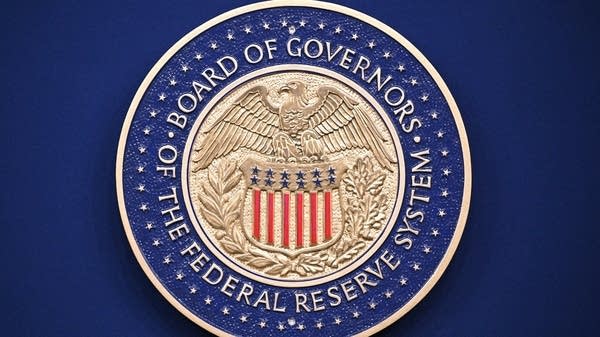The CDFI fund supports community lenders. The Trump administration wants it "eliminated.”
In mid-March, President Donald Trump deemed the Community Development Financial Institutions Fund “unnecessary.” Community lenders are bracing for a possible future without it.

Tongass Federal Credit Union runs 14 branches and microsites along the coast of southeast Alaska, including many on remote islands where you can’t just hop in the car and drive to a bank.
“That's not how it works. You get on a plane and pay $350 round trip or more to go to the nearest city where you might be able to get financial services,” said President and CEO Helen Mickel.
The credit union’s presence in those far-flung communities is possible because of the federal Community Development Financial Institutions Fund, or CDFI Fund, under the Treasury Department. Mickel said it’s provided low-interest loans to help Tongass Federal open new branches.
“It's helped us to kind of level the playing field and get into areas that otherwise would never have had any financial services,” Mickel said.
Areas like the Metlakatla Indian Community of less than 1,500 people, where Mickel said the credit union offers loan products specifically for Alaska Native fishermen who sometimes lack the proof of income documents required to borrow from a commercial bank.
“We have made arrangements to accept their fish take tickets, which is the proof of the sale that they get from the fishery, and we're able to use that to help qualify them,” Mickel said.
In other words, Tongass Federal Credit Union has used CDFI Fund support to expand and tailor its services to meet these small communities’ unique needs in ways big commercial banks won’t. Mickel said her credit union can keep its doors open without that federal support, but wouldn’t be able to expand further.
“It will just slow down any additional work that we might do in erasing banking deserts,” Mickel said.
The CDFI Fund provides millions of dollars a year in startup and expansion capital to mission-driven banks, credit unions and loan funds serving disadvantaged communities. Last year it awarded over $400 million in grants and loans to those institutions.
In mid-March, President Trump deemed the CDFI Fund “unnecessary” and ordered it to be “eliminated to the maximum extent” legally possible. That got the attention of 23 Senators from both parties who signed a letter urging the Treasury Department to protect the program.
“This is typically not something that’s very controversial, to serve communities that aren’t well served by mainstream lenders, mainstream capital markets,” said Michael Swack with the University of New Hampshire’s Center for Impact Finance.
Treasury Secretary Scott Bessent released a statement voicing support for CDFI Fund programs and saying it’s business as usual at the fund for now. But it’s not clear if the staff’s small staff or relatively modest budget (Congress allocated $324 million to the fund for 2025) are safe from future cuts.
“There's still a limbo,” Swack said. “You know, what will happen to the executive order? Will the CDFI Fund be continued? And if it is continued, where will it sit in the budget?”
That’s a tough environment for community lenders to operate in. Most that Marketplace reached out to for this story declined to speak on the record in this risky political environment.
“They don't want to draw attention to themselves, but sadly, the attention is on them,” said Lenwood V. Long, head of the African American Alliance of CDFI CEOs.
Long said most of the banks, credit unions and loan funds represented by his organization would survive without CDFI Fund support. Some would have to scale back lending activity. Some of the smallest lenders would fold.
“When you think about the gap it would create in communities that have been bypassed for so long, it’s frightening and chilling,” Long said.
Community lenders and their investors are waiting for clarity on the CDFI Fund’s future.
Anne Haines, CEO of the Albuquerque-based small business loan fund DreamSpring, said her organization uses the CDFI brand to attract partnerships and capital from the private sector and commercial banks.
“In an environment where there is, at the moment, a lot of uncertainty, that absolutely affects the underwriting decisions that those lenders make,” Haines said. “We are finding it’s already slowing the commitment of capital.”
Even if the CDFI Fund survives federal downsizing, Haines said a chilling effect on investment in the community lending sector has already set in.













